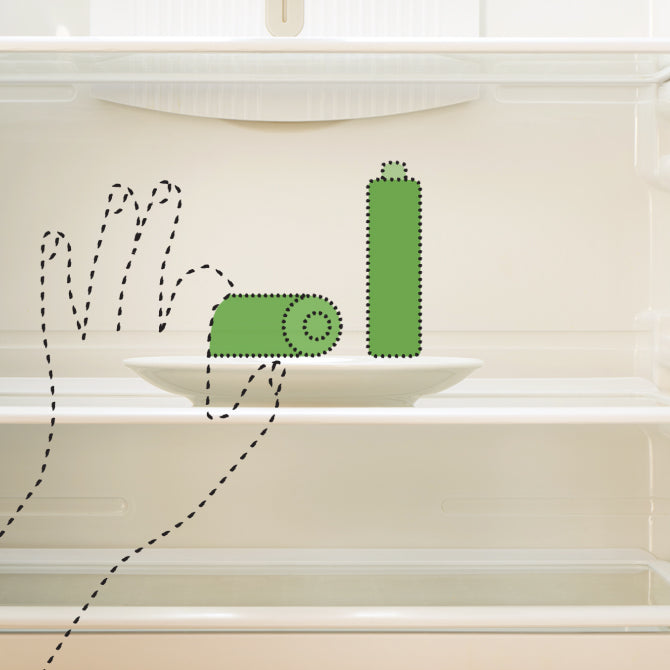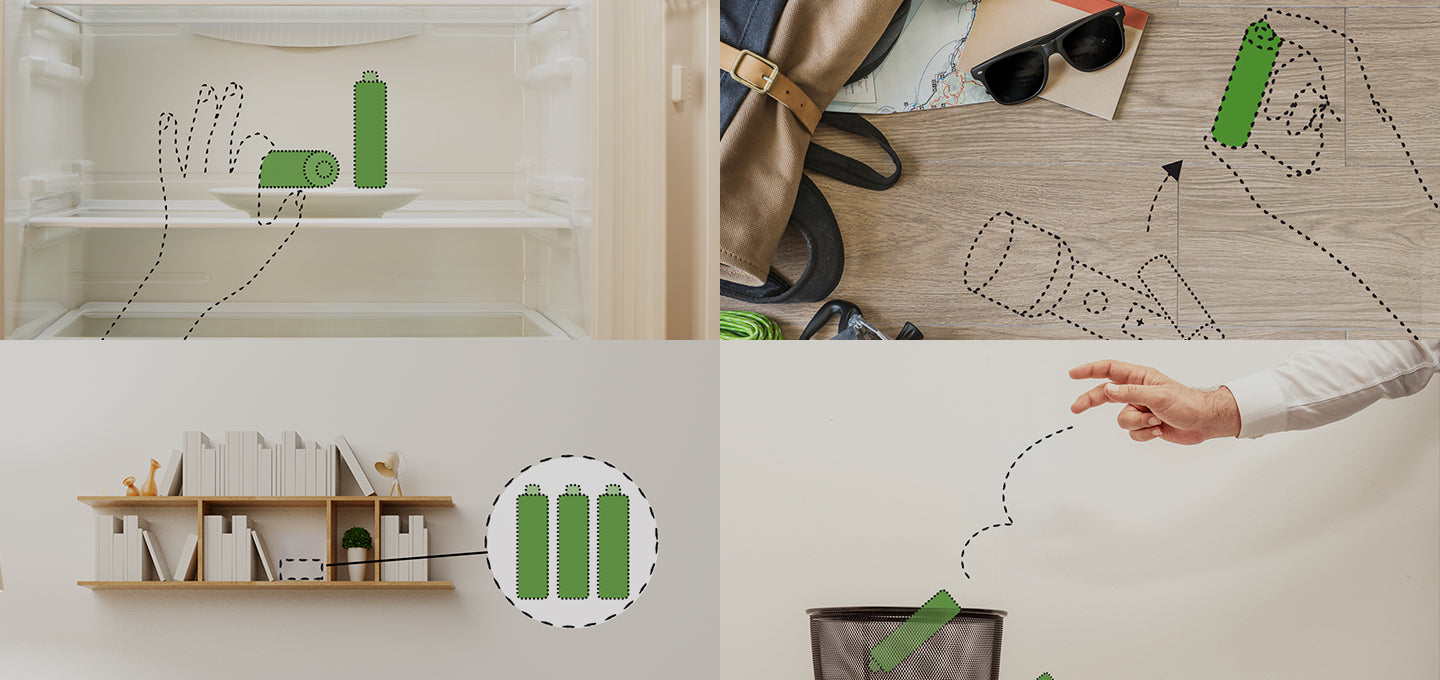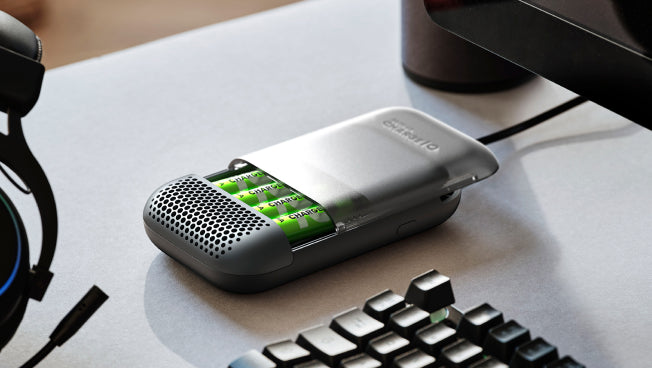There are countless types of battery savers out there. Everybody has their own way of doing things, and the same can be said about their battery habits. When it comes to prolonging the lives of their batteries, people have gone through extreme efforts just to save battery consumption and money, or simply for the convenience.
However, are these efforts actually what’s best, or are they harmful to the battery? Maybe you even see a few questionable habits in yourself. Read on as we take a look at the 5 types of battery users and debunk the myths behind their go-to battery saving tips.


Type #1: The one who puts batteries in the refrigerator
 The Fact
The Fact
Some may believe that putting batteries in a refrigerator can lengthen the lifespan of a rechargeable battery – but that’s not true. Recyko rechargeable batteries can be stored and operated in extreme temperatures, ranging from a chilling -20°C to a sweltering 50°C.
 Our Tip
Our Tip
It’s recommended to avoid subjecting batteries to adverse conditions and extreme temperatures for prolonged periods of time. If you’re looking to protect your batteries in the right environment, the best practice is to store them in a cool, dry place, or a well-ventilated spot at room temperature.


Type #2: The one who throws batteries from their headlamp and flashlight into cabinet after a camping trip
 The Fact
The Fact
Hold on! You forget a very important thing! If electronic devices remain unused for a long period of time, they face the risk of experiencing battery leakage. Battery leakage often happens when a battery comes into improper contact with another or is left unused in a device for too long.
 Our Tip
Our Tip
While best practices tell us batteries should be removed from a device when it’s no longer in use, battery savers can feel more at ease when using NiMH rechargeable batteries because this type of battery hardly leaks. Just remember not to leave rechargeable batteries unused for a long period of time. Try recharging them at least every 6 to 9 months in order to extend their battery life.


Type #3: The one who always moves batteries from checked bags to carried baggage before travelling
 The Fact
The Fact
Definitely a good travel tip to keep in mind for your next trip! This battery saver is doing the right thing by placing batteries into carry-on baggage before travelling. However, as batteries get more advanced and diverse, it’s not as necessary as it once was. Some batteries can be safely stowed in checked bags, such as NiMH rechargeable batteries.
 Our Tip
Our Tip
If you check your NiMH batteries, don’t forget to keep them away from metallic objects that may also be in your checked bag, like keys and coins. To be safe, store your batteries with their original retail packaging or place each battery in a separate plastic bag or protective pouch to avoid short circuiting and reducing their lifespan. Lithium batteries and devices with lithium batteries (including powerbanks, laptops and phones) must be hand-carried.


Type #4: The one who throws single-use batteries into recycling bins, hoping they can/will be recycled
 The Fact
The Fact
Unfortunately, this one’s false. A pro battery saver should always keep in mind two things – that not all batteries are entirely recyclable, and that they need to be disposed in a proper manner to avoid safety risks.
 Our Tip
Our Tip
A helpful hint here is to assume that all used lithium batteries are often not completely discharged. That means, if they come into contact with another battery, they may create a safety risk. When disposing of batteries, always tape the contact areas on each battery; however, if your batteries are leaking, place them into a plastic bag before discarding.
In terms of recycling, it’s a battery truth that not all batteries are created equal. While rechargeable batteries can be taken to recycling stations/boxes to be saved from the landfill, single-use batteries are much more expensive to recycle and are of lower value than rechargeable batteries which means they are less likely to be recycled.
At the moment, Hong Kong also does not offer any recycling service for single-use batteries, so keep that in mind before disposing or recycling your batteries.


Type #5: The one who recharges different battery types in the same charger for convenience
 The Fact
The Fact
This type of battery saver wants to save time but jeopardises the lifespan of their batteries. While this is not a black-and-white true or false since many chargers can recharge a range of capacities, it’s important to always check with the charger's instruction manual carefully.
 Our Tip
Our Tip
To prolong your battery life, the best practice is to avoid grouping batteries with different chemistry compositions or different capacities when charging in the same device. While you’re at it, try not to overcharge your batteries. Leaving batteries in the charger for extended periods of time after they are fully charged will shorten their lifespan. If you’re unsure about these details, it’s recommended to read the instruction manual thoroughly before recharging.
Final Thoughts
Whether you see yourself (or someone you know) in these 5 types of battery savers, it’s never too late to start using the right practices to prolong battery life or switch from single-use disposables to rechargeable batteries.
Made with over 10% recycled materials, Recyko offers a more sustainable power alternative to disposable alkaline batteries. Each rechargeable battery can be recharged anywhere from 300 to 1,500 times, which helps save money and reduces landfill waste. Even more, over 94% of the product (including the packaging) can be recycled.
If you’re the type of battery saver who wants to reduce battery consumption while also protecting the environment, then Recyko rechargeable batteries are a right fit for you.





